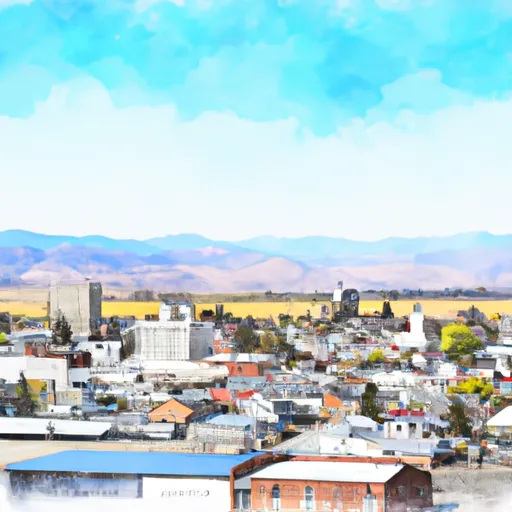°F
°F
mph
Windspeed
%
Humidity











Fairfield, Idaho is a small town located in the northwestern part of the state. The climate in Fairfield is classified as continental, with cold winters and warm summers. The area receives around 25 inches of precipitation annually, with the majority falling as snow in the winter months. The town is surrounded by the beautiful Sawtooth Mountains and offers a variety of outdoor recreation opportunities, including hiking, fishing, hunting, and skiing. The hydrology constituents in the area include multiple rivers and streams that provide excellent fishing opportunities, including the Salmon River, which is known for its world-class steelhead fishing. Overall, Fairfield is a great destination for those looking to enjoy the outdoors and experience the natural beauty of Idaho.
Weather Forecast
Fairfield receives approximately 366mm of rain per year, with humidity levels near 63% and air temperatures averaging around 6°C. Fairfield has a plant hardyness factor of 4, meaning plants and agriculture in this region thrive during a short period during spring and early summer. Most plants will die off during the colder winter months.
Regional Streamflow Levels
10
Cubic Feet Per Second
406
Cubic Feet Per Second
880
Cubic Feet Per Second
8
Cubic Feet Per Second
Nearby Camping
| Camping Area | Reservations | Toilets | Showers |
|---|---|---|---|
| Bowns | |||
| Baker Creek Camping Area | |||
| Pioneer | |||
| Thorn Creek Reservoir Dispersed | |||
| Five Points |



